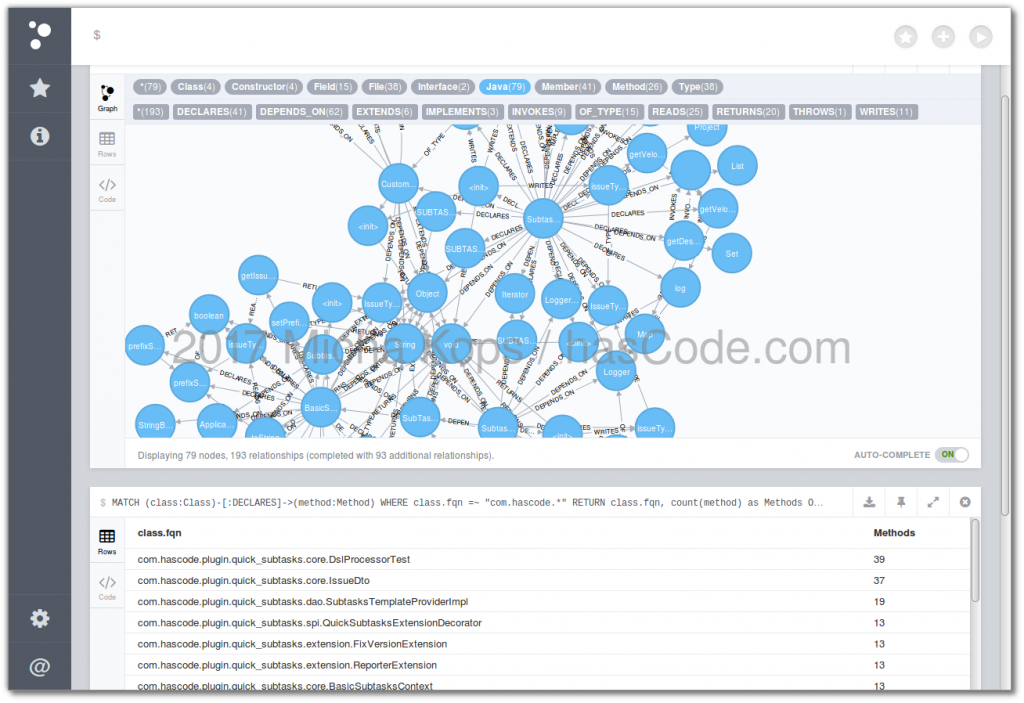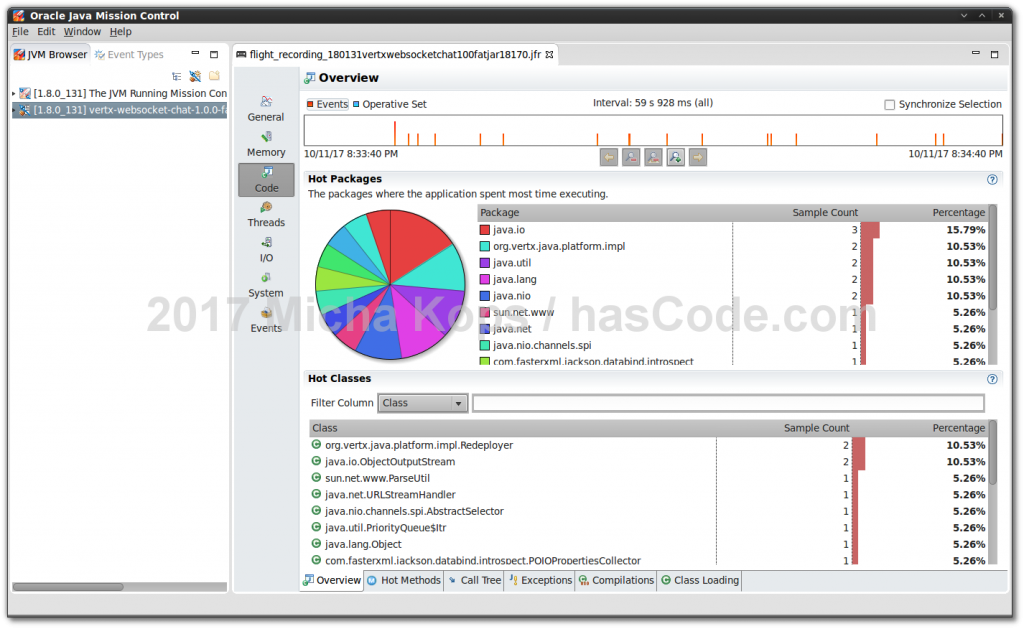
Managing Architecture Decision Records with ADR-Tools
Every software project includes a set of architecture decisions defining boundaries and constraints for further design and implementation. It’s important to document those decisions somehow or else a development team might not know which decisions where made and with which assumptions. Or they know the decision but are missing the context and the consequences and therefore decisions are blindly accepted or blindly changed. In the following short tutorial I will show how to structure architecture decisions in so called Architecture Decision Records and how to manage them with a simple tool named ADR-Tools. ...








